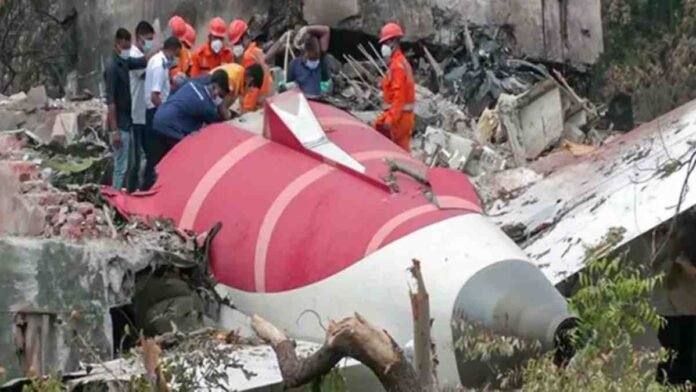A month after an Air India plane crashed in Ahmedabad, killing at least 270 people, a preliminary assessment into India’s worst aviation accident in decades revealed that the engines’ fuel switches moved from ‘RUN’ to ‘CUTOFF’ within seconds of each other after takeoff. The Aircraft Accident Investigation Bureau (AAIB), which is looking into the disaster, released the 15-page findings early Saturday.
“Why did you cut off?” one of the pilots was heard questioning the other on the cockpit voice tape. In response, the other pilot said he didn’t.
The crucial element in the complex puzzle of what transpired aboard the Boeing Dreamliner 787-8 on June 12 may be the CUTOFF transition, which shut off the aircraft’s fuel supply.
According to data from Enhanced Airborne Flight Recorders (EAFR), the pilots of the London-bound aircraft attempted to save the situation when the switches of both engines were switched from CUTOFF to RUN a short while later. Commercial aircraft, such as the 787 Dreamliner, have more than enough power to take off on a single engine, and pilots are ready for that possibility.
“When fuel control switches are moved from CUTOFF to RUN while the aircraft is in flight, each engine’s full authority dual engine control (FADEC) automatically manages a relight and thrust recovery sequence of ignition and fuel introduction,” said the report.
However, a few seconds later, the EAFR recording ceased. A MAYDAY alarm was transmitted shortly after by one of the pilots. Air Traffic Control asked for the call sign. After receiving no reaction, it witnessed the plane crash outside the airport’s perimeter.
All but one of the 242 persons on board and about 30 people on the ground were killed when the fuel-laden plane rapidly lost altitude and crashed into a medical student dorm. It was only in the air for thirty-two seconds.
First Officer Clive Kundar, who had 1,100 flying hours, supported Line Training Captain Sumeet Sabharwal, who had 8,200 hours of flying experience, in piloting the aircraft. According to the investigation, both pilots had sufficient expertise, were rested, and were medically fit.
While pointing to a known Federal Aviation Administration (FAA) caution regarding a potential fuel switch problem, it stated that there was no immediate proof of sabotage. Based on allegations from Model 737 aircraft operators that the locking mechanism was not engaged when the fuel control switches were installed, it released an information bulletin. “The concern was not considered an unsafe condition,” added the statement.
According to the report, the airport’s CCTV footage showed that the Ram Air Turbine (RAT) was activated right after liftoff. In the event of a complete electrical or hydraulic failure or a dual-engine failure, RAT is used.
“No significant bird activity is observed in the vicinity of the flight path. The aircraft started to lose altitude before crossing the airport perimeter wall,” said the report.
A pilot for Delta Air Lines Inc. accidentally shut off the gasoline to the engines of the Boeing 767 he was piloting in the 1980s. But since the plane was higher in the sky, he was able to restart them in that instance, preventing an accident.




